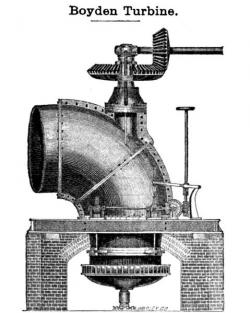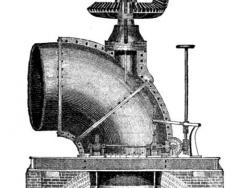The Kamehameha V Post Office is the oldest surviving public building in the U.S. constructed with reinforced concrete. The success of this early structure helped establish the value of reinforced concrete as a durable construction material.
Brickmaker J.G. Osborne was chosen to provide design and construction. He immigrated to Hawaii from Yorkshire, England, and was aware of the recent development of Portland cement and its expanding use in Europe. It is believed that the leaders of Hawaii were anxious to adopt British skills, which influenced their selection of Osborne.








